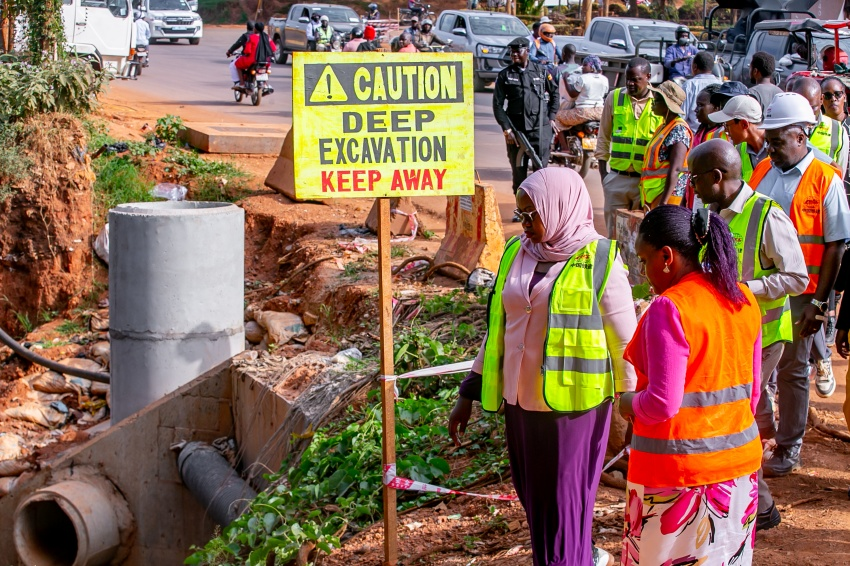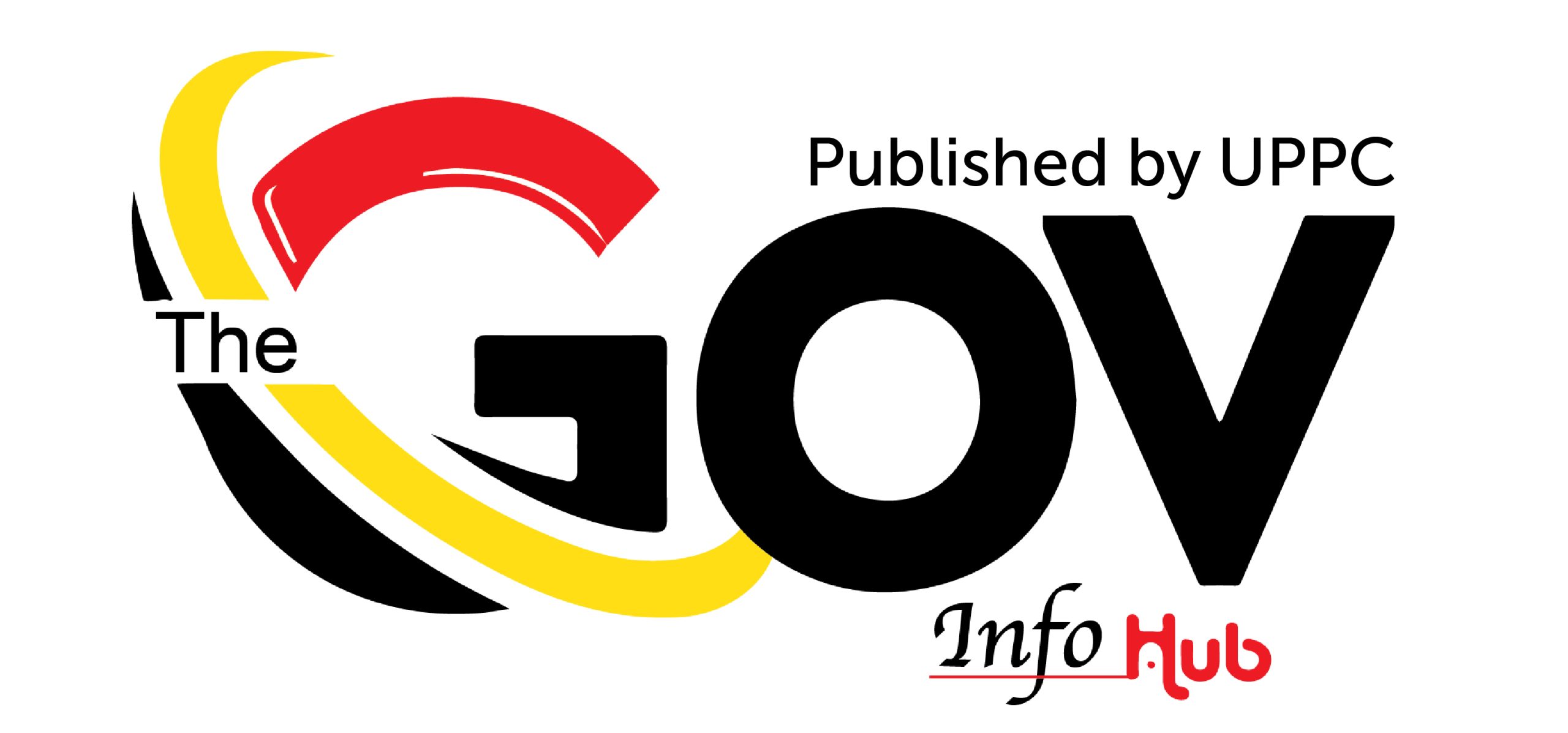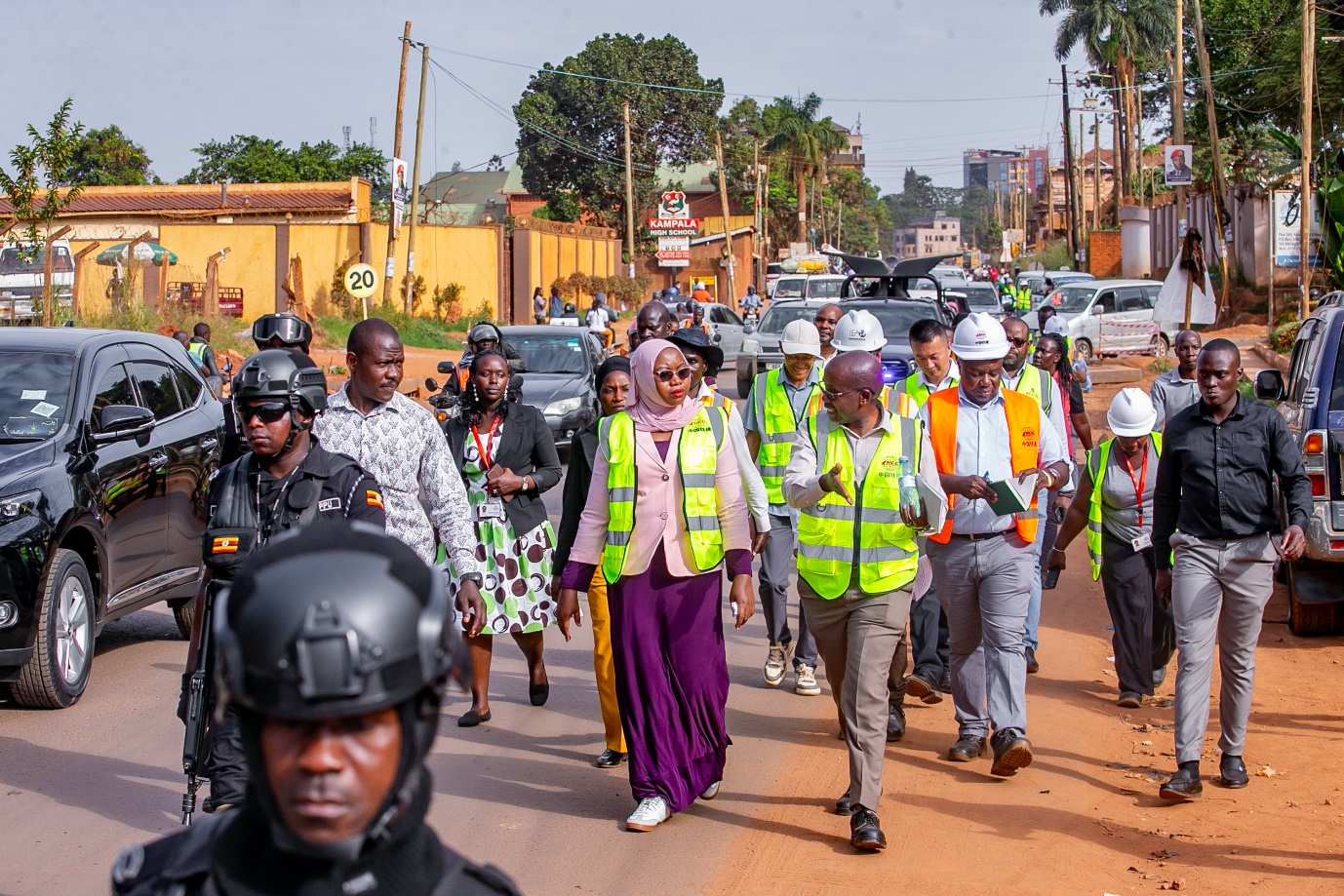For years, Kampala’s residents have endured the daily dysfunction of a city buckling under the weight of poor planning, chronic underinvestment, and an exploding population.
Roads riddled with potholes, flooding that paralyzes business districts, and a lack of safe pedestrian spaces have turned what should be routine commutes into battles for survival.
That’s why the no-nonsense leadership style of Hajjat Sharifah Buzeki, the Executive Director of Kampala Capital City Authority (KCCA), is a breath of fresh air and one the city desperately needs.
On Wednesday, June 4, during an on-site inspection of several major roadworks, Buzeki called for improved safety standards, timely completion, and strict adherence to quality benchmarks.
The inspection tour included Sir Apollo Kaggwa Road, Salaama Road, and 5th, 7th, and 8th Streets, all part of the Kampala City Roads Rehabilitation Project (KCRRP).
Kampala’s current infrastructure crisis is not just about potholes or traffic jams. It’s a structural failure that has eroded the city’s productivity, safety, and livability. According to KCCA data, more than 60% of Kampala’s roads will be in poor condition by 2020. Adding to this, the reality that Kampala loses an estimated UGX 3.8 billion daily to traffic congestion, has made it clear that infrastructure is not a side issue but a national economic threat.
The Kampala City Roads Rehabilitation Project (KCRRP), launched in 2021 and valued at UGX 1 trillion, is the largest infrastructure investment in the city’s history. Funded by the African Development Bank and the Government of Uganda, the project aims to rehabilitate nearly 70 kilometers of roads while introducing modern stormwater drainage systems, street lighting, and non-motorised transport corridors.
But funding alone does not solve poor infrastructure. Leadership does. And this is where Buzeki’s approach stands out.
On her inspection tour, she was joined by KCCA’s Director of Engineering, Eng. Justus Akankwasa, and other senior officials. Together, they didn’t just inspect, they interrogated, inquired and directed.
They walked the roads, engaged with contractors, and issued clear instructions: cover open manholes, install signage, control dust, remove construction debris, and critically ensure pedestrian safety during construction.
“We must not only focus on delivering these roads, but also on how we do it. “Worker safety and public safety must come first,” Buzeki stressed.
This kind of hands-on governance is too rare in our public service culture, where ceremonial ribbon-cutting often takes precedence over performance enforcement. Buzeki’s field-based leadership reintroduces a sense of urgency and discipline to a sector that has been allowed to drift for too long.
“These routine inspections are essential. We are here to ensure that standards are followed and that the quality of work reflects the expectations of the people of Kampala,” she added.
And yet, these reforms arrived just in time. Kampala’s infrastructure is at a breaking point. A population of more than 1.7 million and the daily inflow of thousands from surrounding districts are overwhelming the city’s aging, narrow roads.
Seasonal flooding, caused by outdated drainage, routinely disrupts transport and commerce. And without significant investment in public transport, road expansion, and non-motorised mobility, Kampala risks becoming not just inefficient, but unlivable.

The KCRRP is Kampala’s chance to hit the reset button. With new walkways, cycle lanes, traffic lights, and stormwater systems, the project isn’t just about infrastructure, it’s about reimagining the city itself. It’s about moving from chaos to coherence, from congestion to connection, and from danger to dignity.
To her credit, Buzeki has embraced the long view.
“We want roads that will serve this city for generations,” she said. “That means working smart, working safely, and working with integrity.” She’s absolutely right. Infrastructure isn’t just about today’s asphalt, it’s about tomorrow’s opportunity. Roads, bridges, and drains are more than construction projects; they are the arteries through which economic life flows. If they fail, the city fails. If they succeed, so does everyone in it.
But this transformation cannot rest on one individual’s shoulders. It requires alignment, between government and contractors, between planners and implementers, and most importantly, between the vision and the people it’s meant to serve.
Citizens must demand accountability, and political leaders must support technocrats like Buzeki, who are willing to say no when others say yes to shortcuts.


